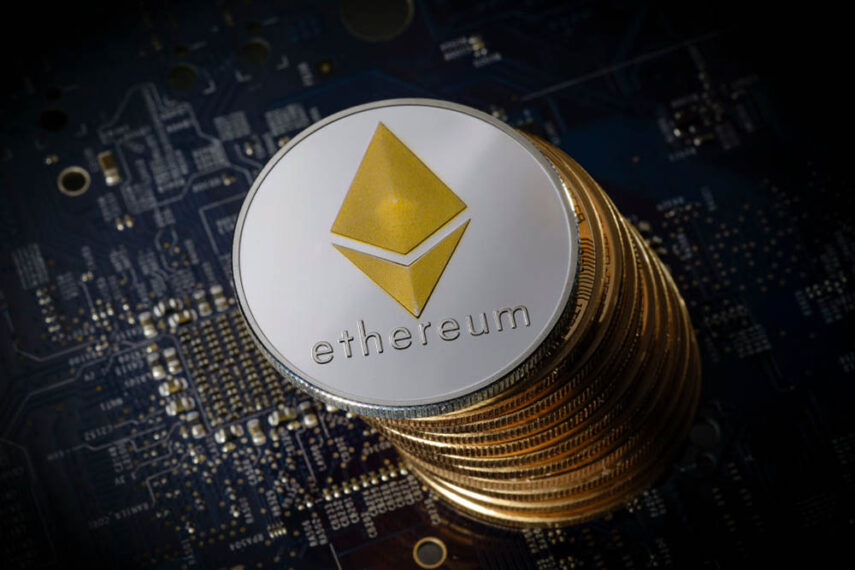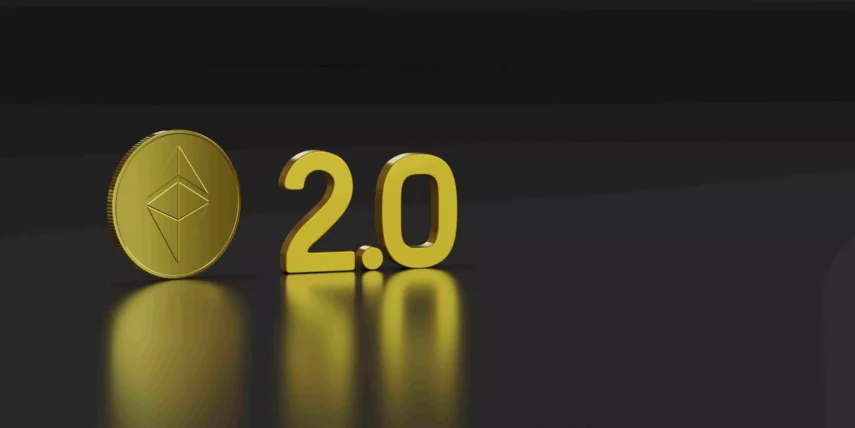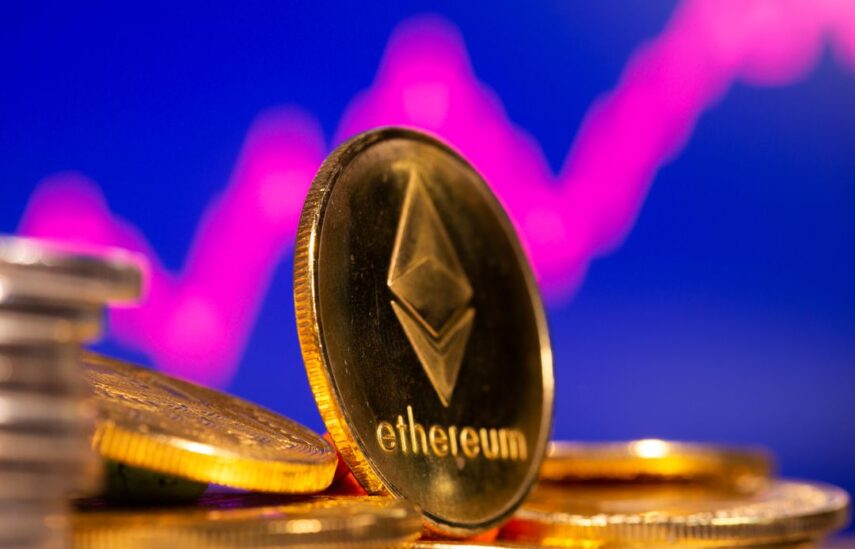Ethereum is a crypto project created in 2013 by Vitalik Buterin, a programmer and crypto researcher. He proposed the development of a new platform that would go beyond Bitcoin’s limitations, allowing for the creation of decentralized apps and smart contracts. Buterin’s proposal for Ethereum caught the attention of a group of developers, investors and entrepreneurs, who joined him in creating the Ethereum Foundation, a non-profit organization that would oversee the development of the Ethereum platform. Since its inception, Ethereum has undergone different upgrades, introducing new features to the ecosystem.
Ethereum’s blockchain differs from Bitcoin’s as it uses a more versatile programming language called Solidity. The Ethereum network also relies on a different consensus mechanism, called Proof of Stake, which is more energy-efficient than Bitcoin’s Proof of Work algorithm. In July 2015, Ethereum launched its public blockchain and ETH token, which is used to pay for transactions and computational services on the network.
A look into Ethereum’s initial stages

While Vitalik Buterin came up with the idea of developing Ethereum, he isn’t the only one who gets all the credit. Other people contributed to bringing the project to fruition, including Gavin Wood, Charles Hoskinson, Jeffrey Wilcke, and more. Together, the co-founders worked hard to make the Ethereum blockchain a reality and today, they are looking for ways to improve it constantly. Ethereum first gained public awareness at the beginning of 2014, when Buterin talked about the project at a Bitcoin conference in Florida. Later that year, the project raised capital through an ICO and sold millions worth of ETH by getting funds for the project’s development. While people could buy ETH coins in 2014, the Ethereum blockchain went live only in July 2015. Until that moment, ETH buyers couldn’t use their coins. But according to binance.com, the ethereum price usd appreciated rapidly, creating appealing opportunities for investors.
Ethereum’s progress
After Ethereum’s birth, the project developed in stages over several years. Frontier was the first live release of the Ethereum blockchain, and it was a basic version of the network, allowing users to start mining Ether and deploy and execute smart contracts. During the Frontier phase, the Ethereum network focused on getting the basic infrastructure in place and resolving any issues that arose. Since its initial launch, Ethereum has undergone multiple changes to its blockchain protocol, and some of the most notable ones include Byzantium, Constantinople, Istanbul, and Ethereum 2.0. All these updates altered the blockchain in some way. For instance, Byzantium and Constantinople reduced the mining payout considerably, while the Beacon Chain launched the consensus layer. One of the most significant changes to the Ethereum blockchain is the shift from its PoW mechanism, which has received harsh criticism for its high energy consumption and scalability issues. Ethereum now uses PoS, a more energy-efficient mechanism designed to boost the scalability of the Ethereum network.
The Ethereum Merge – a long-awaited upgrade in the ecosystem

Ethereum 2.0, commonly known as ETH2, is a long-planned upgrade to the Ethereum blockchain, aiming to address multiple issues, such as scalability, security and energy efficiency. The upgrade includes the integration of the Beacon Chain, a new consensus mechanism that uses a proof-of-stake algorithm instead of proof-of-work. The PoS algorithm is meant to dramatically reduce the energy consumption associated with PoW mining. The Ethereum Foundation, the organization responsible for Ethereum’s development, rebranded ETH2 to Ethereum 2.0 to avoid confusion and protect users from scams. This upgrade in the Ethereum ecosystem is known as the Merge and marks a significant milestone in crypto’s history due to its philosophical and material implications. It also has the potential to increase confidence and boost optimism in the crypto market, which means a lot, considering its volatility.
More upgrades to follow
Ethereum is a major player in the crypto world, as its market capitalization shows. But the network has faced scalability issues in the past, which have been a concern for its long-term sustainability. The transition to a new consensus layer aims to address these challenges, and the results are likely to become evident in time. More upgrades are expected in the following stages of Ethereum’s development, known as The Surge, The Verge, The Purge, and The Splurge. The Surge is a proposed upgrade to Ethereum’s network that seeks to improve scalability and capacity through sharding – a method of distributing data storage across multiple nodes, helping to reduce the load on individual nodes and increase the overall capacity of the network.
Ever since October 2022, Ethereum started to process 16 transactions per second, and The Surge promises to increase this number significantly. The Verge introduces Verkle trees – a commitment scheme similar to a Merkle tree but with smaller witnesses, translating into improved efficiency in terms of storage and reducing the size of nodes. The introduction of Verkle trees in the Verge will make it possible for stateless clients to validate and verify blocks without storing the entire blockchain history on a disk. This is a crucial step towards greater decentralization of the protocol. The Purge is meant to introduce state expiry, requiring clients to discard data older than a year. This upgrade requires less storage and enables clients to eliminate code that deals entirely with legacy transactions. At the same time, it decreases bandwidth on the network by requiring clients to sync less data. Finally, the Splurge includes all the changes that won’t be fitted to the other updates. The specifics of when and how it will be implemented are currently uncertain, and this upgrade may not be necessary if Ethereum is able to scale sufficiently with earlier changes.
Should you invest in Ethereum in 2024?

Ethereum is a popular crypto, with many investors holding their ETH coins. Whether or not you should buy Ethereum depends on your risk tolerance and what you expect from the crypto market. However, before investing in it, you should do your research and ensure you can afford to put your money into a volatile asset. It’s wise to have an emergency fund, max out your retirement accounts and limit your debt as much as possible. Even if you tick all these boxes, it’s also vital to diversify your portfolio, so don’t invest only in Ethereum – consider other cryptos too.







